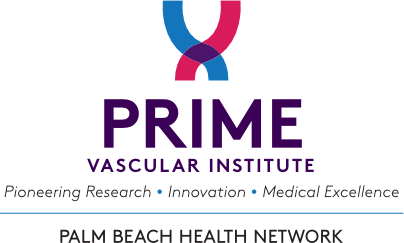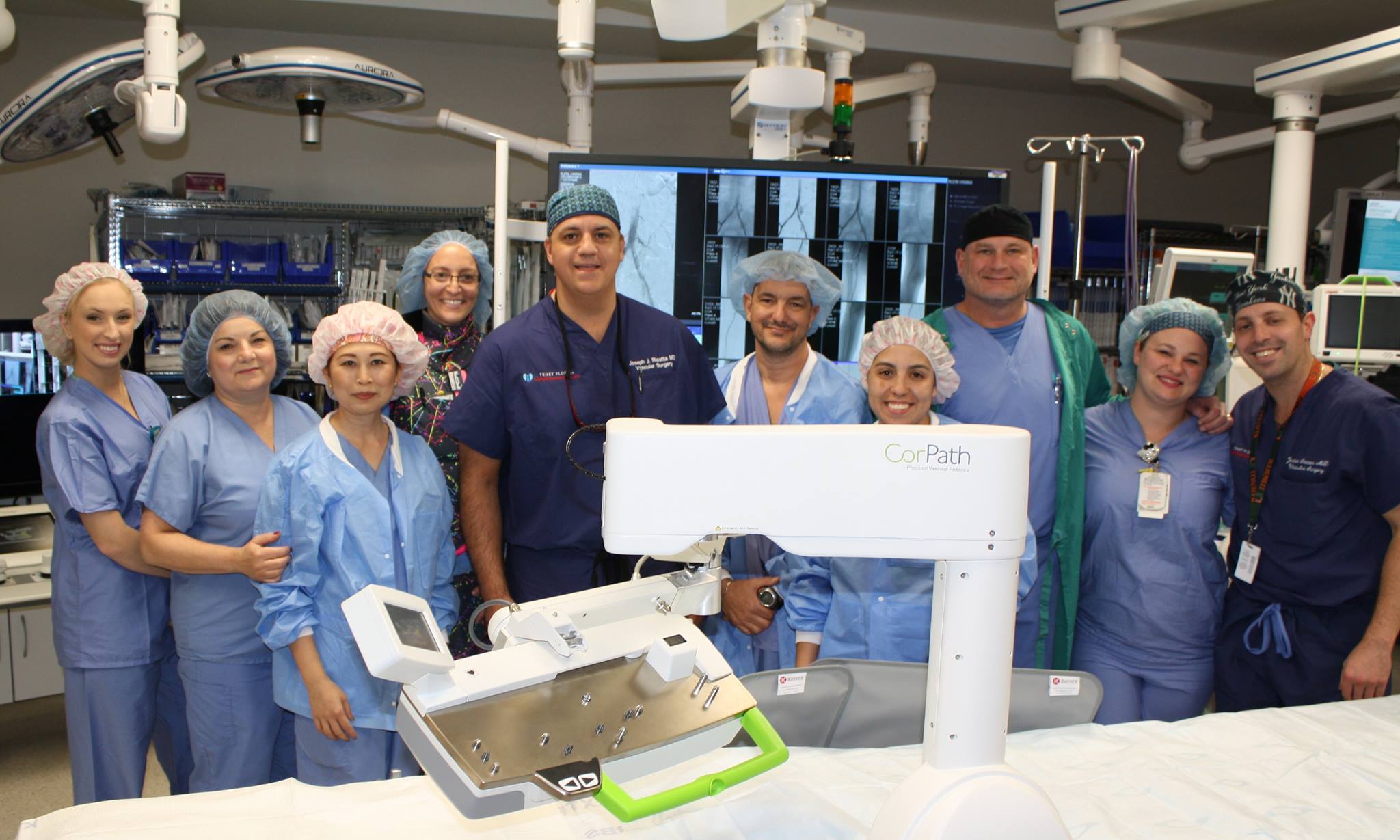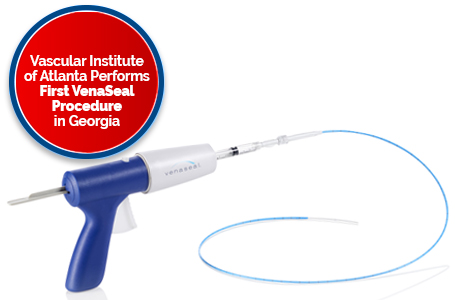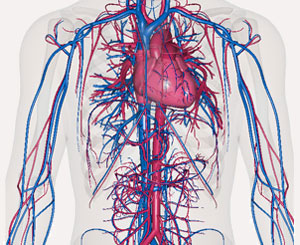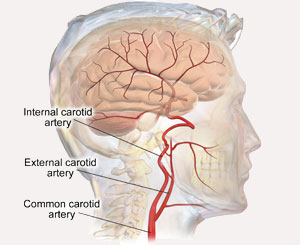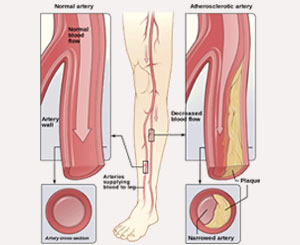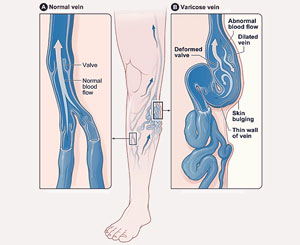 Summer has come to a close and fall is settling in. The bathing suits, shorts, and sandals are being packed away for next year in favor of long pants, stockings and warm boots. For many, fall weather is a chance to hide the spider and varicose veins that have been on full display during the summer months. However, while it may seem natural to assume that the fall and winter months are a perfect time forget about these unappealing blemishes, the cooler season actually marks the best time to take steps towards getting rid of them.
Summer has come to a close and fall is settling in. The bathing suits, shorts, and sandals are being packed away for next year in favor of long pants, stockings and warm boots. For many, fall weather is a chance to hide the spider and varicose veins that have been on full display during the summer months. However, while it may seem natural to assume that the fall and winter months are a perfect time forget about these unappealing blemishes, the cooler season actually marks the best time to take steps towards getting rid of them.
Some spider and varicose veins can be purely cosmetic and superficial, while others are a sign of a deeper, more serious problem. If they are accompanied by symptoms such as tiredness or achiness in your legs, particularly after standing or sitting for long periods of time, this may be a sign of a deeper problem with the valves in your veins, called venous insufficiency or “reflux.”
The veins in the legs carry blood from the feet up to the heart and it is a one-way system because the valves prevent the blood from falling backward towards the feet. When the valves do not work well, they become “leaky,” allowing blood to “reflux” backwards and pool in the lower extremities. When this happens, tiredness and achiness occurs, as well as the appearance of spider and varicose veins, which fill with blood and bulge out of the skin.
Whether you’re dealing the aforementioned types of painful symptoms or are simply dissatisfied with the cosmetic appearance of spider and varicose veins, it’s important to realize that both situations can be evaluated and treated in an office setting with minimally or non-invasive techniques.
The first step would be to undergo a special ultrasound of the veins in the legs looking for “leaky” valves and any blood clots. This is a painless test similar to the ultrasound that pregnant women undergo, except that it is performed on your legs instead of your belly. Once the diagnosis is made, the initial treatment requires wearing compression stockings during the day for a period of time, which can help manage the symptoms—but does not repair the actual damaged veins. Definitive treatments are performed in the office as an outpatient and involve injections or minimally-invasive catheter-based procedures to seal off the diseased vein, or remove it altogether. This type of procedure will prevent blood from refluxing backwards—the wrong-way—and pooling in the legs. Over time, your body will turn the closed vein into scar tissue and nearby veins will take over the normal one-way blood flow back to the heart. When this happens, both the symptoms AND the ugly veins will disappear.
This procedure only takes about 15-30 minutes to perform and will allow you to walk out of the office immediately afterward. You may experience some aching for the next few hours, but this is easily controlled with over-the-counter Ibuprofen. Following your treatment, you’ll be required to wear compression stockings for two weeks and there may be some bruising of the skin that may take several weeks to completely resolve; however, it’s important to note that you can resume your daily activities upon completion of the procedure.
Don’t wait until next spring to start thinking about your spider and varicose veins again. Why live another day with aching, swollen, tired, and heavy legs and feet? Get rid of your unwanted bulging veins and make your legs feel young and energetic again!
Dr. Joseph J. Ricotta II MD, MS, FACS
Vascular Institute of Atlanta
www.AtlVascular.com
470-355-3053
